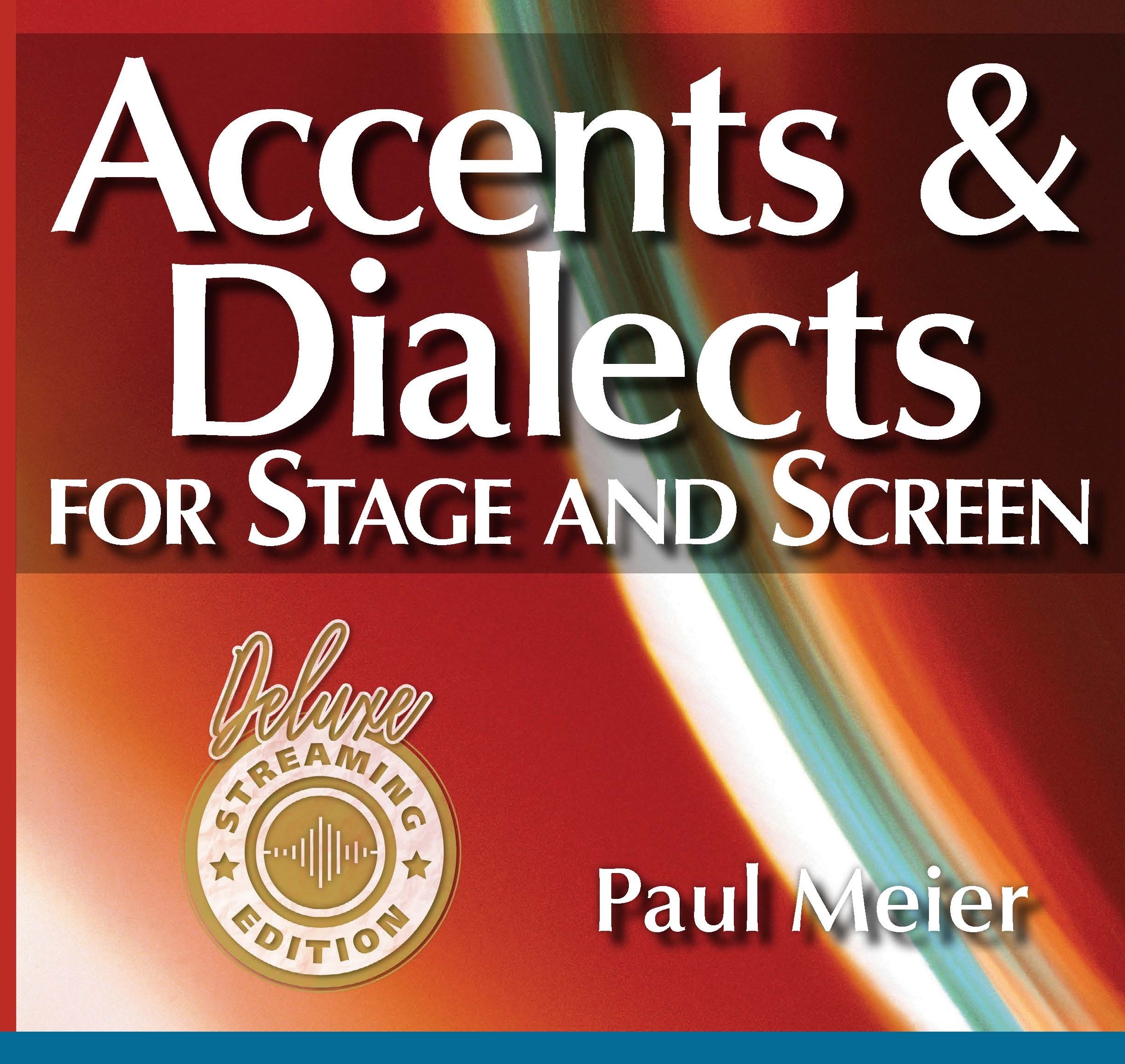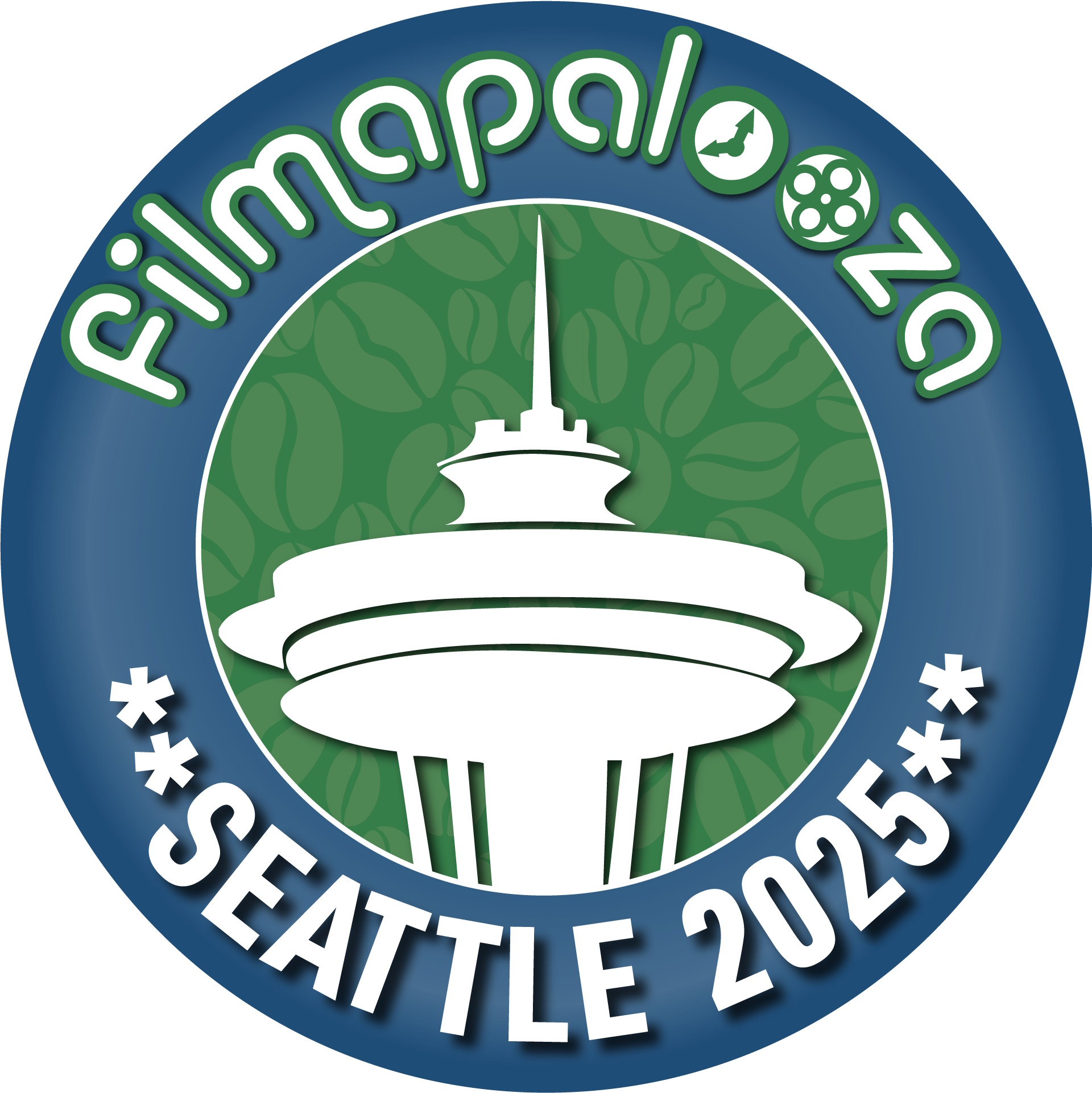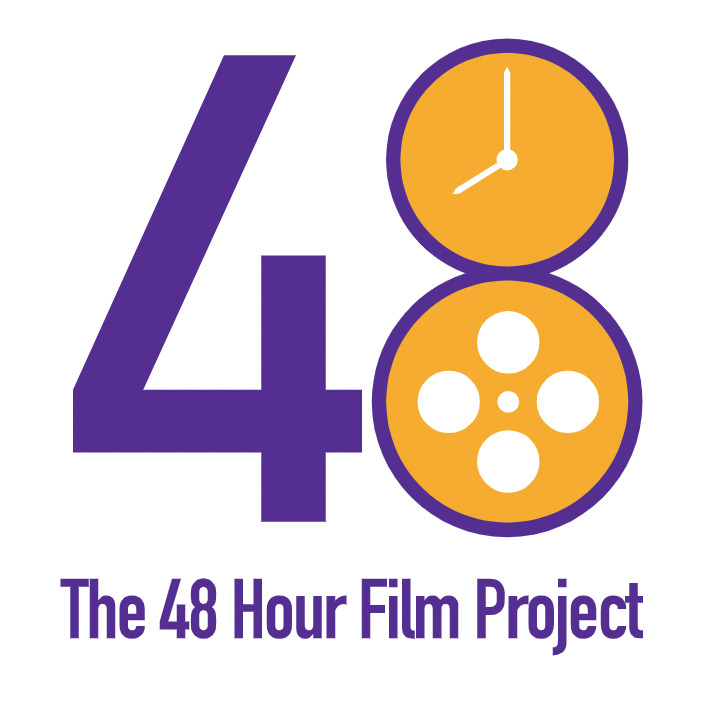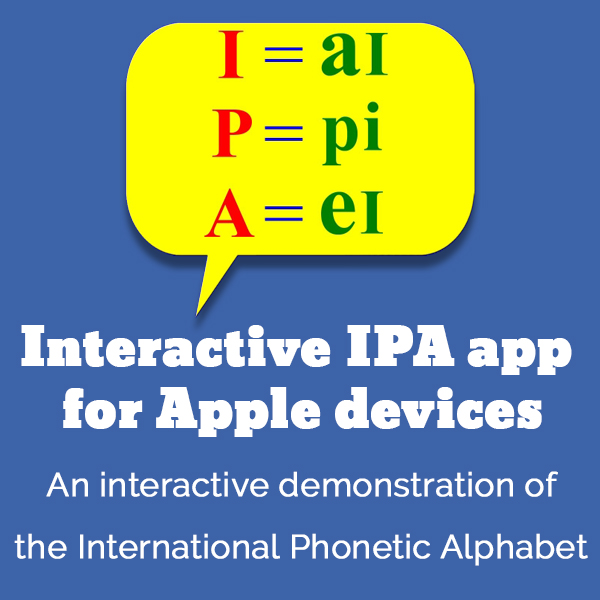California 2
Listen to California 2, a 21-year-old woman from Mission Viejo, Orange County, California, United States. Click or tap the triangle-shaped play button to hear the subject.
Both as a courtesy and to comply with copyright law, please remember to credit IDEA for direct or indirect use of samples. IDEA is a free resource; please consider supporting us.
BIOGRAPHICAL INFORMATION
AGE: 21
DATE OF BIRTH (DD/MM/YYYY): 1981
PLACE OF BIRTH: Orange County, California
GENDER: female
ETHNICITY: Caucasian
OCCUPATION: bank clerk and student
EDUCATION: At the time of the recording, the subject was a university student.
AREA(S) OF RESIDENCE OUTSIDE REPRESENTATIVE REGION FOR LONGER THAN SIX MONTHS: N/A
OTHER INFLUENCES ON SPEECH:
Her parents are Lebanese, but she was born in Southern California and grew up in Orange County.
The text used in our recordings of scripted speech can be found by clicking here.
RECORDED BY: Dudley Knight
DATE OF RECORDING (DD/MM/YYYY): 2002
PHONETIC TRANSCRIPTION OF SCRIPTED SPEECH: N/A
TRANSCRIBED BY: N/A
DATE OF TRANSCRIPTION (DD/MM/YYYY): N/A
ORTHOGRAPHIC TRANSCRIPTION OF UNSCRIPTED SPEECH:
I lived in Mission Viejo for 18 years, and that’s in southern Orange County. Um, and for the past three years, I’ve been living in San Juan Capistrano. And, um, It’s a little different, I think, ’cause it’s closer to the beach. Um, I work at a bank, which is near the beach. And I, I observe a lot of people coming in, and talking to them, and they have a, a lazy way of talking, I’d say. Um, the beach bum’s kind of … it’s a … so it’s interesting working near it, talking to people, communicating, and hearing different types of dialects. Um, I think it’s a more, a lazier way of speaking, down here, um, compared to, I’d say, Eastern or Midwestern accents. Um, I think that they pronounce consonants more. We just kind of let it flow.
TRANSCRIBED BY: Jacqueline Baker
DATE OF TRANSCRIPTION (DD/MM/YYYY): 23/01/2008
PHONETIC TRANSCRIPTION OF UNSCRIPTED SPEECH: N/A
TRANSCRIBED BY: N/A
DATE OF TRANSCRIPTION (DD/MM/YYYY): N/A
SCHOLARLY COMMENTARY:
Her accent is very typical of her age group. The articulators are comparatively lax, with the jaw slightly raised from a relaxed position. There is obvious tongue root retraction as a characteristic tongue posture, resulting in persistent glottal fry on the last words of phrases. Some things take notice of include: a strong tongue-bunched post-vocalic “R”; a raising (or closing) of front vowels, especially before nasal consonants like “M” or “N” or in an “AR” combination (note for example “end of” and “Aristotle”); and little or no lip rounding on back vowels (for example, “would be no more universal floods”). The speaker uses the “caught/cot” merger throughout (“which causes the”). Almost all final “T” plosives are rendered as stopped glottals. All vowels are relaxed toward a mid-central placement except that the characteristic tongue retraction and bunching causes the stressed “uhh” sound to raise toward the “good” vowel when the sound precedes “L,” as in “the result.” The pitch range is limited, and there is not much contrast between stressed and unstressed words. Emphasis is achieved through stretching syllables and through pauses between words. Lastly, the speaker has a tendency to drop pitch and volume sharply on the final word of a phrase, but nearly half the sentences show no downward pitch during any of the last few words, and occasionally a clearly declarative sentence will have a slight upward inflection at the end.
COMMENTARY BY: Dudley Knight
DATE OF COMMENTARY (DD/MM/YYYY): 2002
The archive provides:
- Recordings of accent/dialect speakers from the region you select.
- Text of the speakers’ biographical details.
- Scholarly commentary and analysis in some cases.
- In most cases, an orthographic transcription of the speakers’ unscripted speech. In a small number of cases, you will also find a narrow phonetic transcription of the sample (see Phonetic Transcriptions for a complete list). The recordings average four minutes in length and feature both the reading of one of two standard passages, and some unscripted speech. The two passages are Comma Gets a Cure (currently our standard passage) and The Rainbow Passage (used in our earliest recordings).
For instructional materials or coaching in the accents and dialects represented here, please go to Other Dialect Services.
 IDEA: International Dialects of English Archive
IDEA: International Dialects of English Archive




